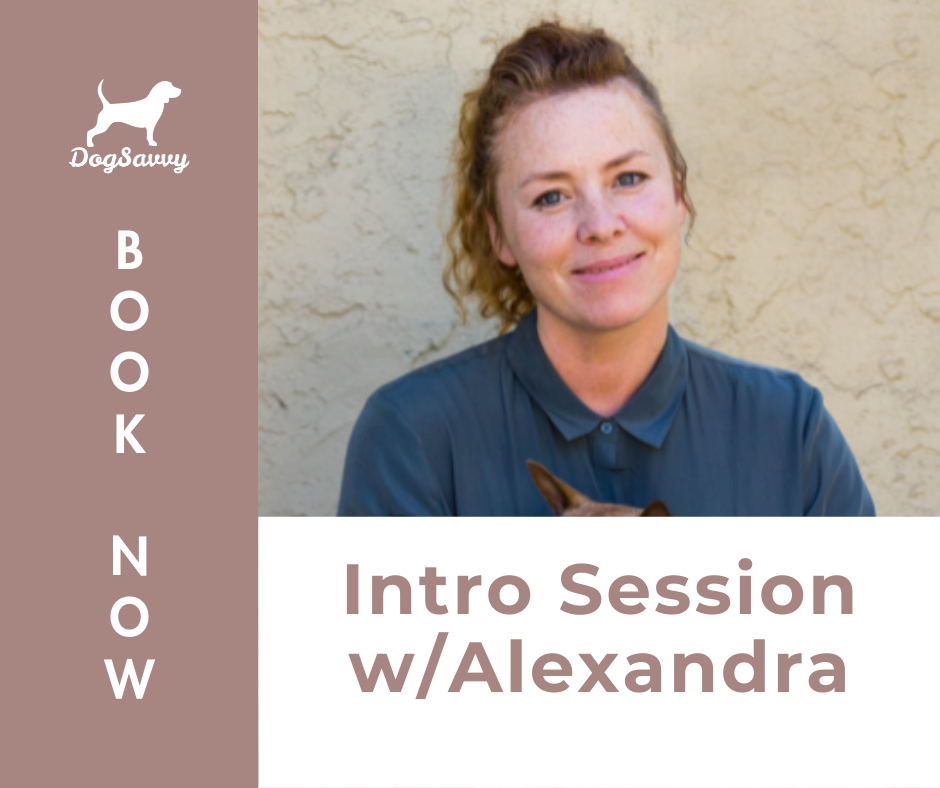Boosting Puppy Training Success: The Role of Nutritious, Real-Food Rewards
Training a puppy is one of the most rewarding and formative experiences for any dog owner. These early months are crucial for shaping your puppy’s behavior, social skills, and overall confidence. But let’s be honest, keeping a young pup engaged and cooperative isn’t always straightforward. That’s where training treats come in. The right reward can work wonders in reinforcing good behavior and creating positive associations with commands. But not all treats are created equal.
Using real, nutritious food rewards instead of processed snacks can drastically improve both the effectiveness of your training and your puppy’s overall health. Here’s why switching to wholesome, high-quality treats is a smart move and how you can do it seamlessly.
Why Treats Play a Critical Role in Puppy Training
Positive reinforcement is the backbone of successful training. When your puppy sits on command or walks nicely on a leash, offering a treat tells them, “Well done, keep doing that!” The reward becomes a motivator, helping puppies connect the dots between an action and its consequence.
Treats are often more effective than toys or praise alone because they deliver an immediate, satisfying result. That’s especially important during those early training sessions when your puppy’s attention span is short and easily diverted. The trick is making sure those rewards are not just tempting, but also beneficial.
The Pitfalls of Conventional Training Treats
Walk into any pet store, and you’ll find shelves stacked with brightly packaged training treats. They’re marketed as tasty, convenient, and perfectly sized for puppies, but flip the bag over and you might find ingredients you can’t pronounce, plus added sugars, artificial flavors, and fillers like corn and wheat.
Regularly using these kinds of treats can lead to digestive issues, allergies, and even behavioral problems over time. And because training sessions often involve multiple repetitions and frequent rewards, the nutritional quality of those treats matters more than you might think.
What Makes a Great Training Treat?
When choosing a training reward, there are a few key qualities to look for:
Palatability: Your puppy should be excited to earn it.
Small Size: Treats should be small enough to give frequently without overfeeding.
Easy to Chew: Especially important for young dogs with sensitive teeth.
Nutritional Value: Made from whole, natural ingredients without additives or preservatives.
Ideally, training treats should be seen as a supplement to your puppy’s regular diet, not something that detracts from their overall health.
The Rise of Real-Food Rewards
In recent years, many dog owners have started moving away from highly processed treats and turning instead to real-food options. Think single-ingredient proteins like freeze-dried lamb or gently cooked meats mixed with vegetables. These options not only entice your puppy but also contribute positively to their diet.
Unlike traditional biscuits, real-food treats often include ingredients that support digestion, joint health, and skin condition. For example, squash is rich in fiber and beta-carotene, which supports eye and immune health in growing puppies.
How to Incorporate Real-Food Rewards into Training
You don’t have to cook up gourmet meals or spend hours prepping food to reward your puppy with something wholesome. Many real-food dog meals now come in small, portioned servings that are perfect for training. Look for options that are gently cooked and made with human-grade ingredients to ensure quality and safety.
For example, californiadogkitchen.com offers a lamb and squash dog food made with real, recognizable ingredients. It’s gently cooked to retain nutrients and can be portioned into small training rewards. This kind of treat doesn’t just motivate your pup, it nourishes them with every bite.
Portion Control and Balance
When using food as a training reward, moderation is key. Even healthy treats can add up quickly. Try setting aside a portion of your puppy’s daily food allotment to use during training sessions. That way, you’re rewarding them without inadvertently overfeeding.
Another tip: incorporate a variety of textures and flavors to maintain interest. Rotate between cooked meats, soft vegetable pieces, and freeze-dried options to keep your pup guessing (and motivated).
Supporting Long-Term Behavior with Quality Nutrition
Training is about more than just teaching tricks. It’s about developing habits that last a lifetime. That’s why the rewards you use now can influence your dog’s preferences and behavior in the long run. If your puppy learns to love and expect wholesome, real-food treats, you’re setting them up for a future of better eating habits and improved overall health.
Moreover, consistent nutrition plays a role in mood and cognitive function. Dogs fed a high-quality diet tend to show better focus, energy levels, and responsiveness, traits that make training much more effective.
Addressing Common Concerns
Some pet owners worry that using real food as a reward will spoil their puppy or make them “too picky.” In reality, providing flavorful, nutritious rewards helps develop a more discerning palate and encourages mindful eating.
Another concern is convenience. While it’s true that real-food rewards might require a bit more prep than grabbing a bag of biscuits, many options are now packaged for ease of use and storage. Pre-portioned, ready-to-serve meals or freeze-dried snacks offer all the benefits of real food without the mess.
Final Thoughts
Training your puppy is a journey filled with joy, occasional frustration, and plenty of tail wags. Using nutritious, real-food rewards turns every “sit” and “stay” into an opportunity not just for learning, but for nourishing your dog from the inside out. By choosing treats made from whole ingredients and avoiding highly processed alternatives, you’re supporting your puppy’s growth, health, and happiness in every bite.
And that’s what great dog parenting is all about!
👉 Set your puppy up for success from day one. Book a puppy training session now and create a foundation of obedience, confidence, and trust that lasts a lifetime.
About the Author: Certified Dog Trainer, Alexandra Bassett
Los Angeles dog trainer, Alexandra Bassett, is the lead dog trainer and behavior consultant at Dog Savvy, a private dog and puppy training company specializing in game-based dog training and behavior modification solutions for issues such as dog separation anxiety, leash reactivity, excessive barking, and aggression.
She is certified as Knowledge Assessed by the Council of Professional Dog Trainers (CPDT-KA) and is available for online dog training sessions via Zoom.


